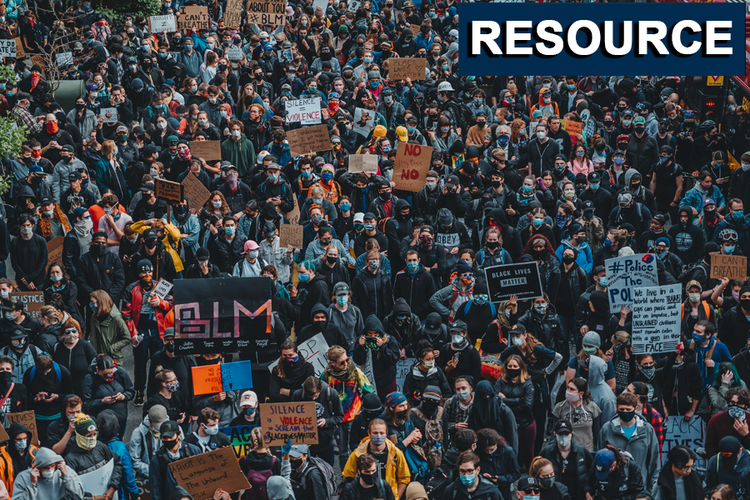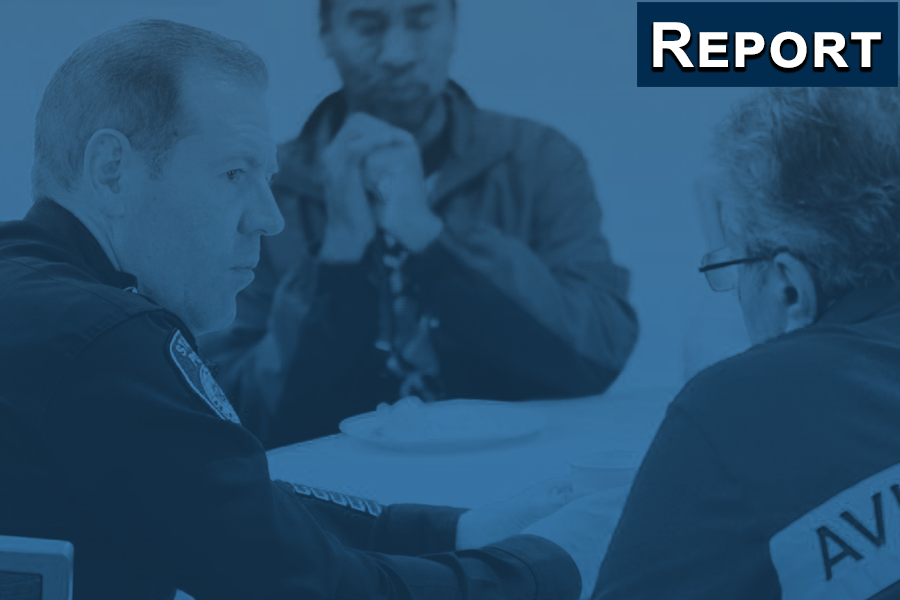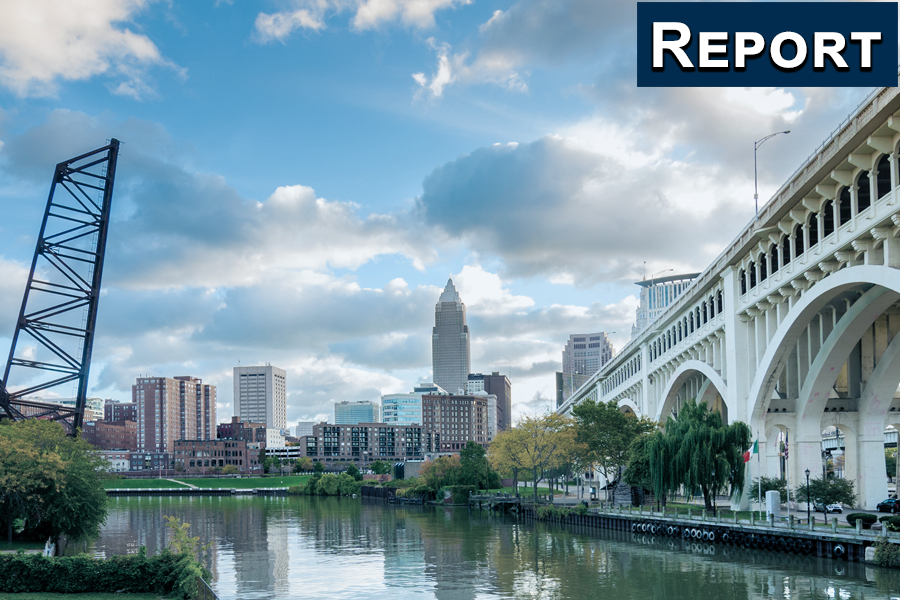Community Advisory Boards: What Works and What Doesn’t
Lessons from a National Study
Community Advisory Boards (“CABs”) are one of the most common forms of police-community engagement bodies in the country. Both progressive leaders of policing agencies and proponents of civilian oversight frequently cite a range of potential benefits of CABs to both police and the communities they serve. Yet, there has been insufficient study and evaluation of whether CABs actually play any meaningful oversight or community-engagement role.
In order to assess this, the Policing Project conducted an in-depth, national study of CABs. We found that, in practice, many community advisory boards suffer from a number of deficiencies—some quite serious—that often inhibit their ability to achieve their intended purpose. Too often CABs are a result of pro forma efforts by policing agencies to signal a commitment to working with the public—without really working with the public.
This report offers an overview of our findings, as well as practical guidance on establishing and operating more effective CABs that truly heighten the influence of a community voice in policing.












